When paired with solar power from your photovoltaic system, batteries used for residential energy storage make it possible to use the energy produced during the day for usage at all hours of the night. Because of their ability to maximize power utilization, battery energy storage solutions guarantee peak performance from your residential solar array. Meanwhile, their lightning-fast responses ensure business as usual in the event of even brief interruptions to the power supply. Energy self-consumption is bolstered by the ability to store energy produced in excess throughout the day from a renewable source for later use, requiring less reliance on the electrical grid. Self-consumption is hence facilitated by an energy storage battery. The installation of a solar power system can be paired with the addition of a home battery storage system, or vice versa. With the dropping costs and environmental benefits of solar power, it is becoming an increasingly frequent alternative to traditional power generation, and these storage devices are becoming increasingly widespread since they make solar power more stable.
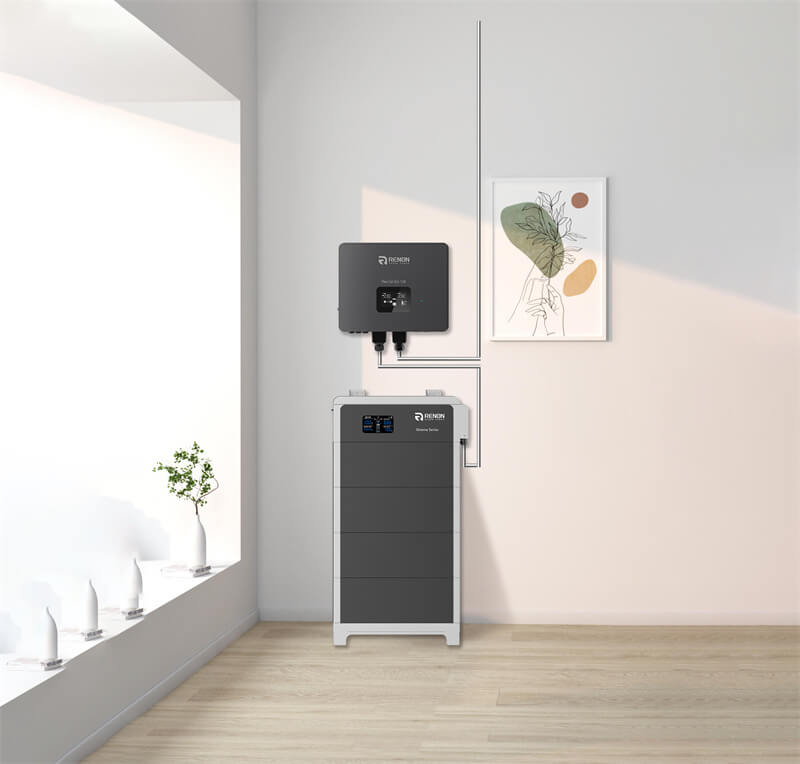
When it comes to home energy storage, vintage technology is making a comeback.
Near the end of the twentieth century, when rooftop solar power initially gained popularity, batteries were the primary energy source.
However, the relevance of batteries during solar installations was downplayed in the early 2000s due to government programs such as net metering, tax rebates, and other local incentives.
Now the market is shifting back toward environmentally and economically beneficial longer-lasting batteries as programs like net metering are phased out and grid independence gains prominence.
People that switched to solar power for their houses in the late 20th century did so for one of two reasons:
They had to find other ways to generate power because they couldn't connect to the grid.
Solar and battery-based power generation was more cost-effective because of their isolation from the grid.
The client was able to disconnect from the grid thanks to massive banks of lead acid batteries. Since lead acid batteries are not meant to be discharged below half of their overall capacity, they have to be replaced frequently, despite serving the needs of the few consumers.
When this occurred, the battery's life expectancy dropped dramatically. There were probably better ways to handle the situation, but until there was a shift in policy, nobody would know the answers.
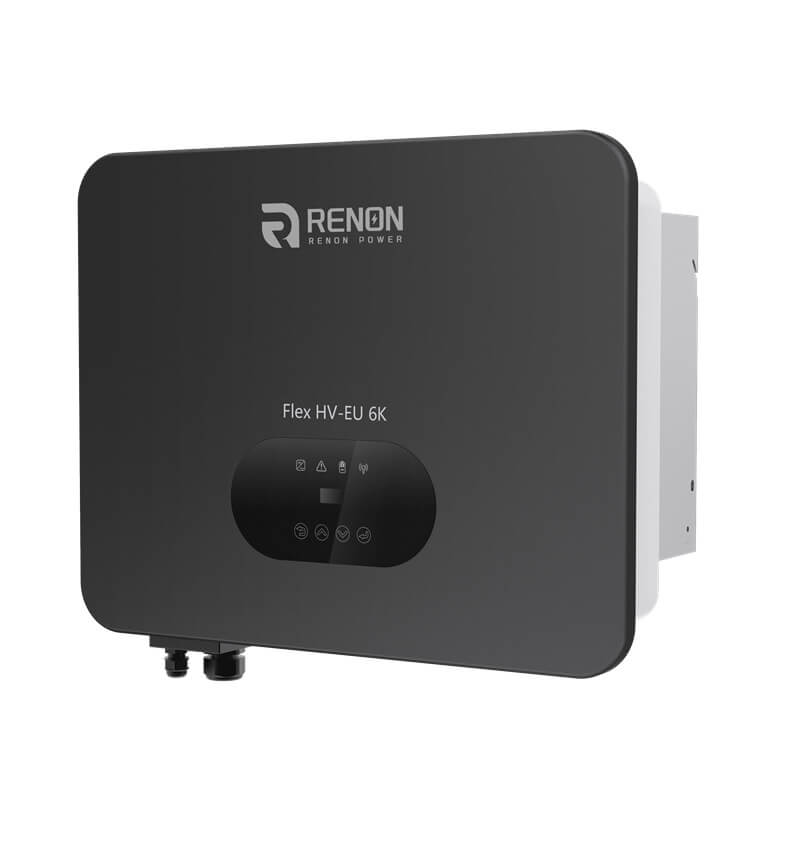
Two events occurred in the mid-2000s that shifted public opinion away from battery storage:
An investment tax credit (ITC) for solar energy was introduced by the government.
Net metering's implementation, meantime,
The Solar Energy Industries Association claims the industry has expanded by a factor of 200 since the ITC was implemented in 2006.
Net metering, on the other hand, is a program that permits customers who generate their own power from solar to sell the unused electricity back to the power company or grid. A billing method called "net metering" gives these customers credit for the energy they send back to the grid.
A solar system can generate more electricity during daylight hours than a home requires. During periods when the home's electricity use is lower than the system's production, the meter will run backwards, giving the homeowner a "credit" against those periods. As a result, you'll see significantly reduced electricity costs, if any at all.
But what about the catch? If a battery-free system is only used for a third of the day, it must return more than two-thirds of its power to the grid at near-retail pricing to cover the cost of its operation.
The policy of "net metering," which often pays close to retail for electricity sent back to the grid, altered the course of the solar sector in a positive way.
But as consumers began to generate energy for profit or cost savings, the need for battery backup faded.
Now, however, that's shifting because to innovations in solar technology, new policies, and a reordering of solar users' top priorities.
After years of opposition from utility companies, net metering is on the verge of extinction in numerous places across the United places. The proliferation of EVs suggests that time-of-day rate structures, or peak hours, will continue to grow in favor.
Rolling blackouts occurred as recently as last summer due to increased demand on the electricity system in California. Customers who had older models of solar panels were understandably frustrated when they couldn't use them to power their homes during the blackout.
Solar batteries protect the home during these periods. The reliability of the power grid varies greatly from market to market. Customers are disappointed by their unfinished solar array due to a combination of factors, including outdated infrastructure, excessive demands on the grid, and limited access.
People in the most populous state in the United States (California) have had to make the transition from a dependable grid system to the present, when they must defend their houses against the reality of frequent power outages, which we term the net metering era. The rising cost of residents' electric bills is another concern.
However, California's exceptionally severe licensing requirements have effectively made generators useless. The economic feasibility of generators is further weakened by time-of-use tariff structures.
The simplest constituent of an integrated battery system is the battery module, which consists of individual battery cells supplied by battery suppliers.
Modules that are wired together to produce a DC current in battery racks. Several stacks of these can be set up.
A device that changes the direct current (DC) from a battery to alternating current (AC).
The battery is managed by a BMS, which is built into most prefabricated battery packs.
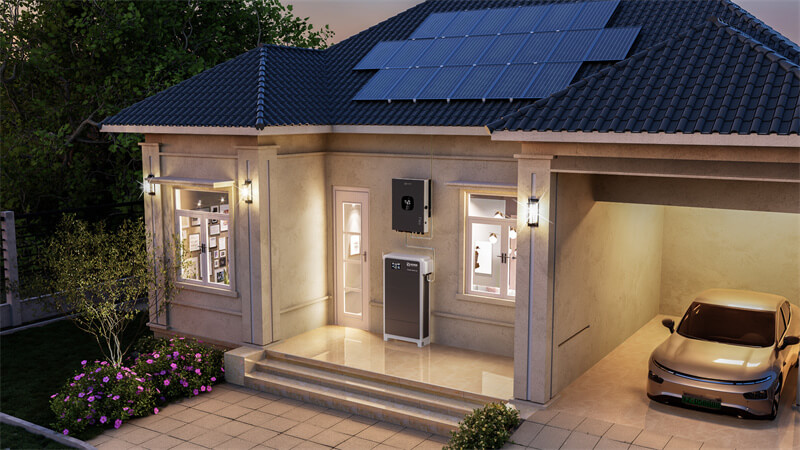
Automated Home Systems
Real changes in people's day-to-day lives result from solutions that are efficient, imaginative, and cost-effective.
The solar panels are wired to a controller, which is wired to the battery racks or banks, and the whole system is connected to the grid. In order to convert the battery's direct current (DC) to alternating current (AC) or vice versa, an inverter must be used. The electricity is metered before being distributed to the outlets of your choice.
kWh is the standard unit for describing the capacity of energy storage systems. The energy stored in a battery might be anything from 1 kWh to 10 kWh. The typical residential battery has a storage capacity of 10 kilowatt hours, which is equal to the battery's output when completely charged (less the minimum charge required to keep the battery operational). Considering the subject of how much power does a battery store, most homeowners often chose only their most important appliances to be linked to the battery, such as a refrigerator, a few plugs to charge phones, lights, and the wifi system. A standard 10 kWh battery can provide backup power for 10-12 hours during a power outage, depending on the load placed on the battery. It takes only 14 hours for a 10 kWh battery to power a refrigerator, 130 hours for a TV, or 1,000 hours for a single LED light bulb.
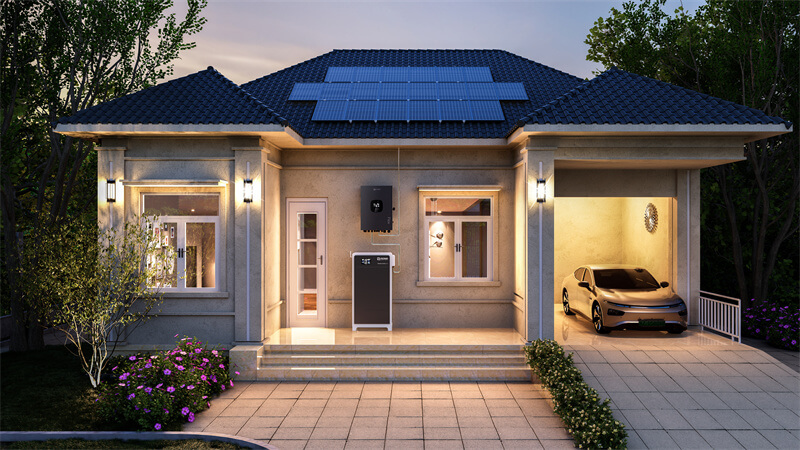
The electricity generated by solar panels can be stored for later use if the installation is combined with energy storage. The price of home energy storage systems has been falling in recent years, placing a hybrid of the two technologies within your financial reach.
You may make your home more resistant to blackouts and save money on your electricity bill by installing storage.
You can use the energy reserve when the power goes out.
If your utility offers load relief programs or time-of-use electric rates, you can save even more money on your monthly bill by taking advantage of them.
Energy storage and solar projects are eligible for ICRA tax credits worth up to 30% of the total project cost.
Many people have trouble deciding which sort of battery is best suited to their needs due to the proliferation of battery technologies and the variety of energy storage solutions available. The numerous new battery configurations further complicate matters.
Consultation with a solar energy provider and research into available battery types is usually the best first step. But this isn't always accurate because not all businesses have extensive knowledge of batteries and the many ways they can be paired with AC or DC power. There are a lot of experts in the solar industry who can help you figure out what kind of system you need, or how to get the most out of the one you already have.
l Lead-acid batteries - Historically employed in off-grid electrical systems, but now largely obsolete
l Lithium-ion batteries are now the most popular and quickly developing form of battery.
l Flow batteries are quickly becoming the standard for large-scale energy storage applications.
Deep-cycle lead-acid batteries were typically used in conventional battery systems. However, during recent years several versions of lithium-ion batteries have dominated due to the many benefits over lead-acid batteries including; lightweight, scalable, high efficiency and long life. Since 2015, major firms like LG and Samsung have released lithium battery systems, but the launch of the Tesla Powerwall sparked widespread interest in home storage batteries.
The cost-effectiveness of a battery system is a hotly contested topic. They are typically not a good financial investment due to the high initial cost and the lengthy return period. Battery economics become more attractive as solar feed-in tariffs (credits you earn for feeding excess solar into the grid) decline. If you're interested in learning more about the costs and savings of different battery systems, our free solar and battery calculator might help.
Many people's motivation to buy a battery has little to do with money. Battery storage has several practical applications for both homes and businesses, including the feel-good factor and emergency power backup. Both energy independence and independence from foreign power sources are important to us. The use of a battery can greatly boost solar power's independence from the grid and hasten the switch to a renewable energy grid.
l Emissions should be lowered by decreasing power grid pollution and consumption of fossil fuels.
l Backup power in the event of a blackout or other power outage emergency
l Save money by consuming less electricity from the grid.
l Energy independent
l Grid support and stability services at peak times are provided when peak demand is reduced.
l Larger total system price due to higher initial investment.
l Complicated - Must use a hybrid inverter or supplementary monitoring tools
l More room is needed, and it must be positioned in a shaded, secure spot.
Many typical homes may meet half or more of their annual electricity needs with solar power alone. You can improve this without a battery to 75% or more by altering your lifestyle and making use of simple timers or'smart' controls to activate high-consumption appliances throughout the day, when solar energy is most abundant. Heating and cooling systems, pumps, dishwashers, dryers, and even ovens and slow roasters are all examples of appliances that rely on electricity. If you can maximize your own energy use, then use a battery to store that energy, you can live almost entirely off the grid. Almost all of your daily electricity needs can be met by solar power and a large enough battery, but there will always be cloudy days when you can't produce or store enough energy to meet your needs. You may get a rough estimate of what big solar and battery system you need for your home by using our free simulator.
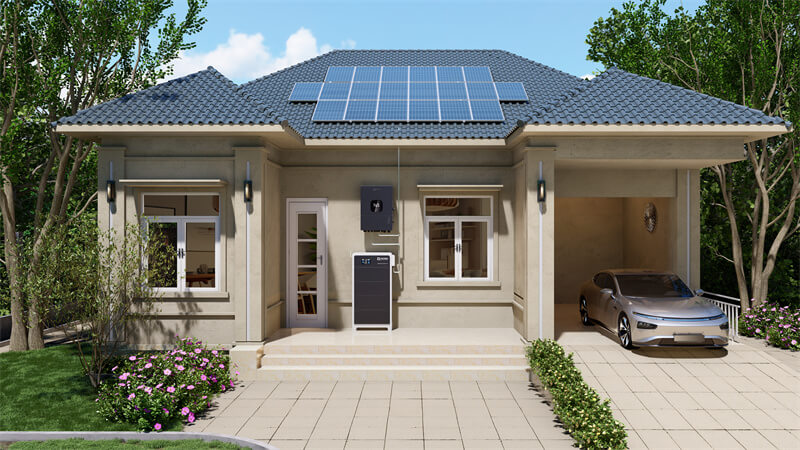
It's also important to think about how much extra power is needed to charge an EV. It can be difficult to charge an electric vehicle (EV) using a typical 6- to 8-kilowatt (kW) residential solar system in the winter or while traveling a long distance while being away from home during the day. Several smart EV chargers are currently on the market, which is great news because they can maximize solar charging and minimize costs.
It is important that you have a firm grasp of the fundamentals before we go any farther. Most (lithium) battery systems are modular and expandable, so you can usually purchase a battery sized to meet your demands; battery capacity is measured in kilowatt-hours (kWh), and batteries come in a wide range of sizes. It is important to remember that Amp-hours (Ah) was the traditional unit of measurement for Lead-acid batteries, but that kilowatt-hours (kWh) has since become the industry standard.
The next piece of information you'll need is the average daily electricity usage of your home or business. Your electric bill should give you a decent sense of your daily electricity consumption, which is measured in kilowatt hours (kWh). Depending on the season, the average daily electricity use of a single-family home is anywhere from 20 to 40 kilowatt hours (kWh). You should also think about your evening electricity consumption (4–9 p.m.), when prices tend to be the greatest depending on your service provider. We have established that the most cost-effective battery size for a normal home is between 6 kilowatt hours and 10 kilowatt hours after years of installing and monitoring home battery systems. However, the optimal battery capacity for maximal self-consumption is growing larger for modern all-electric households and those with home electrical car chargers. There is no universally applicable answer, but our free solar and battery sizing calculator can help you figure out what you need.
The global residential energy storage market size was USD 815.2 million in 2022, and this amount is predicted to expand to USD 3,099.8 million by 2030, advancing at a CAGR of 18.2% during 2022-2030. Energy consumption is increasing rapidly in developing countries because of factors such as rapid infrastructure development, rising consumer spending on energy storage, rising government and private investments in the production of renewable energy, rising concern among individuals about environmental degradation, rising interest in achieving energy independence, high R&D expenditure, and rising energy demand.
In addition, residential owners' initiatives to adopt solar energy and government initiatives that are boosting the adoption of the adoption of energy storage systems in homes are expected to contribute to the expansion of the market. Many nations also offer financial incentives and self-credit schemes to encourage the use of renewable energy sources in home power generation.
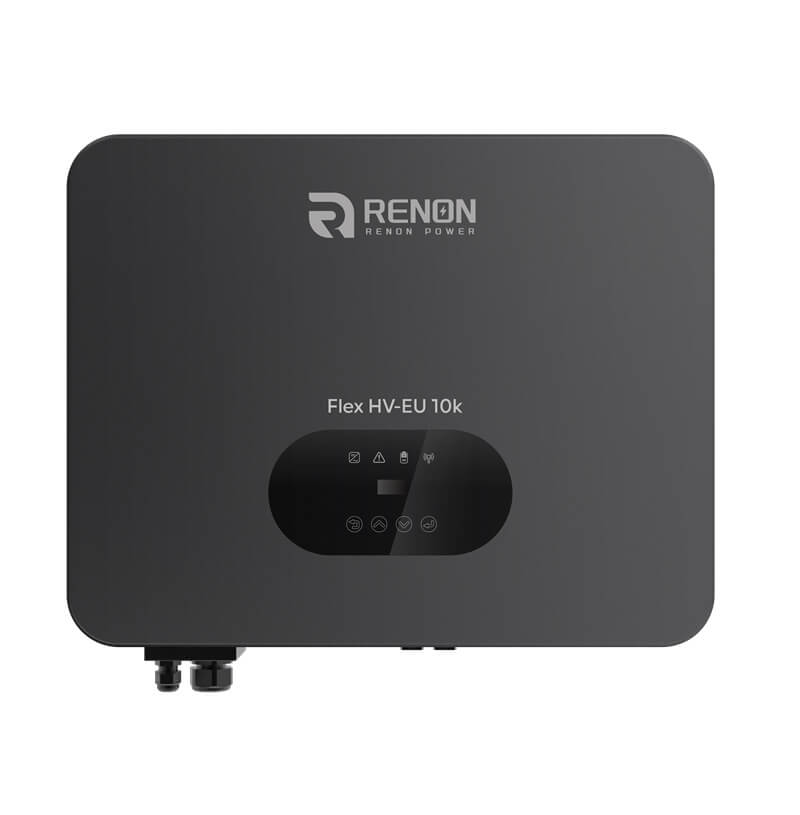
Products series:
Features:
l Integrated Inverter - Renon Flex
Our solution coming with a Renon inverter helps customers get rid of additional purchases for a 3rd party inverter to integrate with the battery. This streamlines the purchasing process and ensures that the inverter and battery are designed to work seamlessly together, optimizing system performance and efficiency.
l Variety of Specifications
Offering a range of specifications for our solution allows you to choose a system that best suits your specific power needs. Different customers may have varying energy demands, and by providing multiple options, we cater to a broader audience and the unique requirements.
l Unified Monitoring and Control
The ability to monitor and control both the inverter and battery through a single app - Renon Smart simplifies the user experience. Customers can conveniently manage their energy system from one platform, which enhances usability and eliminates the need for multiple apps or interfaces.
Products series:
l Xtreme HV 1.0, Xtreme HV 2.0
l Flex HV-EU
Features:
l Enhanced Efficiency
HV systems typically have lower current flow for the same power level, which can lead to reduced transmission losses.
Integrated systems are designed to work in harmony, ensuring that each component operates at its peak efficiency.
l Scalability
One-stop solutions can often be expanded more easily. Adding more storage or power capacity can be as simple as integrating additional modules.
l Advanced Management and Control
Integrated solutions often come with unified management systems that allow users to monitor and control all aspects of their energy system from Renon Smart App. These management systems can provide valuable insights, analytics, and even predictive maintenance alerts.
Smart monitor system.
l Management
l Parameter
l System
l Operation
l Installing Device
l Analysis

扫码关注
We use cookies to understand how our audience uses our site.
Renon Power websites use cookies to deliver and improve the website experience. See our cookie policy for further details on how we use cookies. Privacy Policy